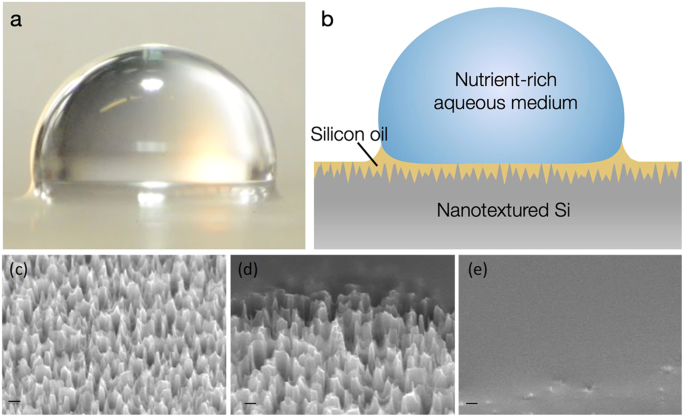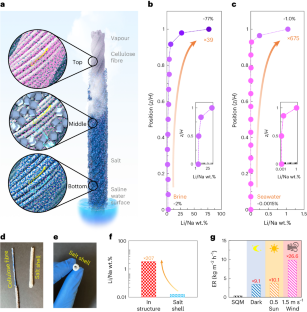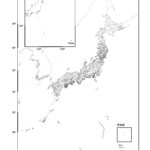2023-09-07 マサチューセッツ工科大学(MIT)
◆バイオフィルムは、微生物やカビの成長によって形成され、水処理システムのホースやフィルターを詰まらせたり、感染症の原因になる可能性があります。実験では、異なる方法で処理されたさまざまな表面を調査し、液体含浸表面がバイオフィルムの成長を効果的に防ぐことが明らかになりました。この新技術は、将来の宇宙ミッションや地球上の重要な機器に適用される可能性があります。
<関連情報>
- https://news.mit.edu/2023/preventing-biofilms-space-0907
- https://www.nature.com/articles/s41526-023-00316-w
宇宙飛行における緑膿菌のバイオフィルム形成は潤滑剤含浸表面で最小化される Biofilm formation of Pseudomonas aeruginosa in spaceflight is minimized on lubricant impregnated surfaces
Pamela Flores,Samantha A. McBride,Jonathan M. Galazka,Kripa K. Varanasi & Luis Zea
npj Microgravity Published:16 August 2023
DOI:https://doi.org/10.1038/s41526-023-00316-w

Abstract
The undesirable, yet inevitable, presence of bacterial biofilms in spacecraft poses a risk to the proper functioning of systems and to astronauts’ health. To mitigate the risks that arise from them, it is important to understand biofilms’ behavior in microgravity. As part of the Space Biofilms project, biofilms of Pseudomonas aeruginosa were grown in spaceflight over material surfaces. Stainless Steel 316 (SS316) and passivated SS316 were tested for their relevance as spaceflight hardware components, while a lubricant impregnated surface (LIS) was tested as potential biofilm control strategy. The morphology and gene expression of biofilms were characterized. Biofilms in microgravity are less robust than on Earth. LIS strongly inhibits biofilm formation compared to SS. Furthermore, this effect is even greater in spaceflight than on Earth, making LIS a promising option for spacecraft use. Transcriptomic profiles for the different conditions are presented, and potential mechanisms of biofilm reduction on LIS are discussed.



